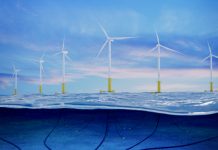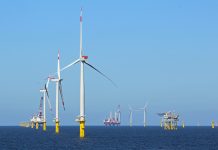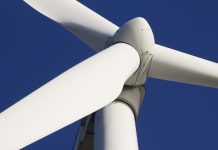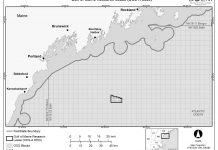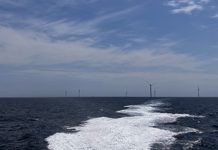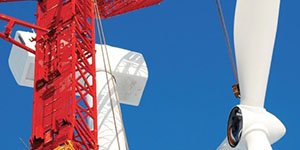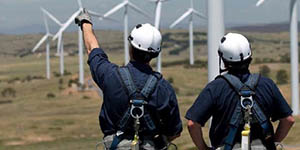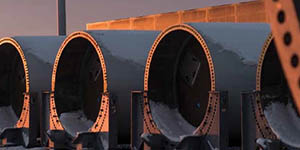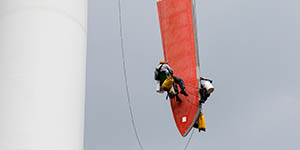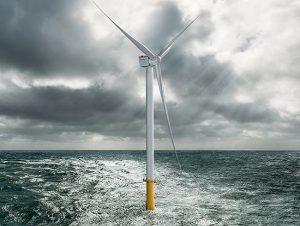By the end of 2017, offshore wind had only been deployed commercially across seven markets, with the U.K. and Germany accounting for 68 percent of the grid-connected capacity. However, according to a recent report from Wood Mackenzie Power and Renewables, global offshore wind power demand will increase almost sixfold over the coming 10 years with projects deployed commercially across 18 countries by 2027.
As the pool of offshore markets is expanding beyond a handful of markets in Europe, local content policies in different forms are becoming an increasingly important topic for developers and suppliers as governments look to bolster their local industry and create more job opportunities for local labour forces.
“While the influence of local content policies has been limited thus far, these policies will impact 72 percent of future demand,” said Soren Lassen, leading author and offshore analyst with Wood Mackenzie.
The deployment of next-generation turbines will double average turbine ratings globally over the next 10 years and, in turn, subdue growing demand in the balance of plant segments in terms of number of units and material per megawatt – most notably in the foundation space where the weighted average monopile weight per megawatt will decrease by 36 percent by 2023 in Europe. Similarly, the average installation time per megawatt for turbine and foundation campaigns has been halved in Europe since 2010 and is set to continue. The transmission space is also undergoing holistic innovations where capacities are being increased and materials reduced.
“The proliferation of demand in new markets globalizes the European supply chain and motivates the entry of new suppliers,” Lassen said. “This is particularly true when supported by local content policies as the pressures in Europe lead to consolidation across the European supply chain – especially in the installation segments.”
Furthermore, the report points out that the high growth rates in offshore wind makes it increasingly attractive for oil and gas companies looking to leverage their offshore experience.
Average CAPEX for European offshore projects is dropping quickly, mainly driven by the increased competition in wind-farm development, increasing turbine size, and economies of scale.
“CAPEX and OPEX across Europe will drop, on average, by 36 percent and 55 percent respectively by 2027,” said Shimeng Yang, report author and European offshore analyst.
Offshore LCOE across Europe is also projected to go down at a fast pace with “the average LCOE across Europe for grid-connected projects expected to reach 53.6 euros/MWh by 2027, dropping from approximately 107 euros/MWh in 2018,” Yang said.
The report, Global offshore wind industry dynamics 2018, is available for purchase here.



